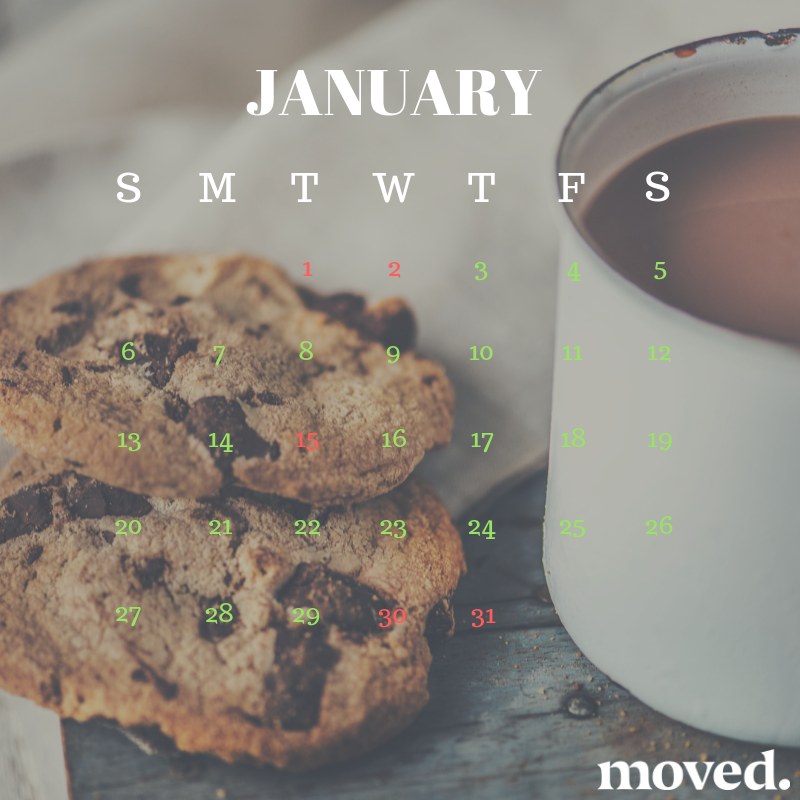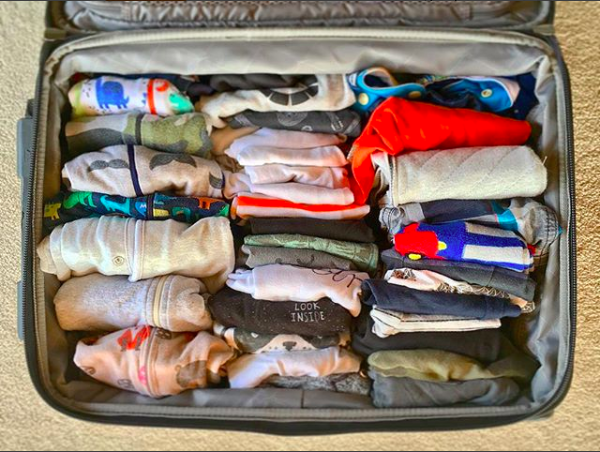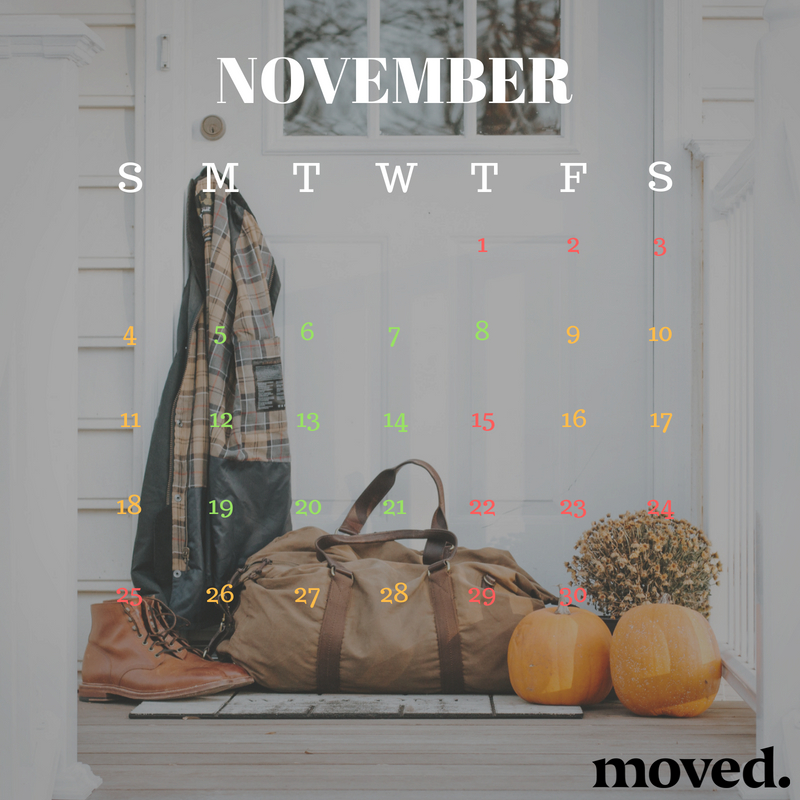Staying on top of the latest tools and technologies can be a daunting task, especially in multifamily property management. With a myriad of products and partners at your disposal, it’s easy to miss out on potential efficiencies and cost-saving opportunities. That’s why our team of seasoned multifamily professionals has come together to craft a set of invaluable tips to guide you through the budgeting season!
Re-Demoing: Unveiling Hidden Value in Existing Tools
In a constantly evolving industry, it’s essential to recognize that the products and partners you rely on have likely expanded their offerings since your last interaction. From added features and enhanced integrations to improved reporting and analytics, these updates often hold the key to optimizing your operations.
Creating a Productive Vendor Meeting Framework
The secret to harnessing the full potential of these meetings lies in creating a time-sensitive framework. Here are two key elements to consider:
1. Time Restrictions: Recognize that time is a valuable resource. Commit to keeping meetings to 30 minutes or less. Even shorter sessions (20 minutes, for instance) can yield productive results when focused on key priorities.
2. Clear Objectives: Communicate your intention to your vendors. Let them know that you’re seeking to optimize your operations and identify areas of improvement. This not only helps your partners tailor their presentations but also ensures that your goals align.
Tangible Benefits: A Month of Transformation
After implementing this strategy, the outcomes are transformative:
1. Productive Conversations: Engaging with partners in focused sessions leads to fruitful discussions that can open new avenues of time savings for your teams.
2. Rapid Knowledge Growth: You can level up your expertise in a short time frame by capitalizing on your vendors’ insights and expertise.
3. Operational Efficiencies: Unearthing new tools and features can lead to streamlined processes that save time and effort
4. Cost Savings: Consolidating tools based on the guidance of your current tech stack’s POC can lead to reduced spend, benefiting your financials.
The Power of Partner Collaboration
Connecting with vendors isn’t just about transactions; it’s about collaboration. Vendors are experts in their domains, and their insights can be invaluable. Rather than merely upselling, a good partner seeks to enhance your existing toolkit, helping you do more with what you have.
Taking Action: Implementing the Strategy Into Budget Season
Consider these steps:
1. Prioritize Meetings: Carve out intentional time for vendor meetings, making them an integral part of your annual budgeting process.
2. Designated Time Matters: Keep the meetings focused and time-bound, maximizing results within the allocated timeframe.
3. Set Objectives: Clearly communicate your goals to your partners, ensuring that their recommendations align with your priorities.
4. Evaluate and Implement: After your meetings, carefully evaluate the recommendations and implement changes that align with your business goals.
Embrace the Change
By regularly engaging with your vendors, you can transform change from a challenge into an opportunity. The process might seem overwhelming initially, given the number of tools at your disposal, but the rewards are significant. With just 20-30 minutes of your time, you can unlock efficiencies that make a real difference in your property management endeavors & budgeting season.
If you’re a Moved client or someone curious about our services, let’s talk! Book a time to chat and discover how we can help you optimize your multifamily resident onboarding and off-boarding. Book time here.































